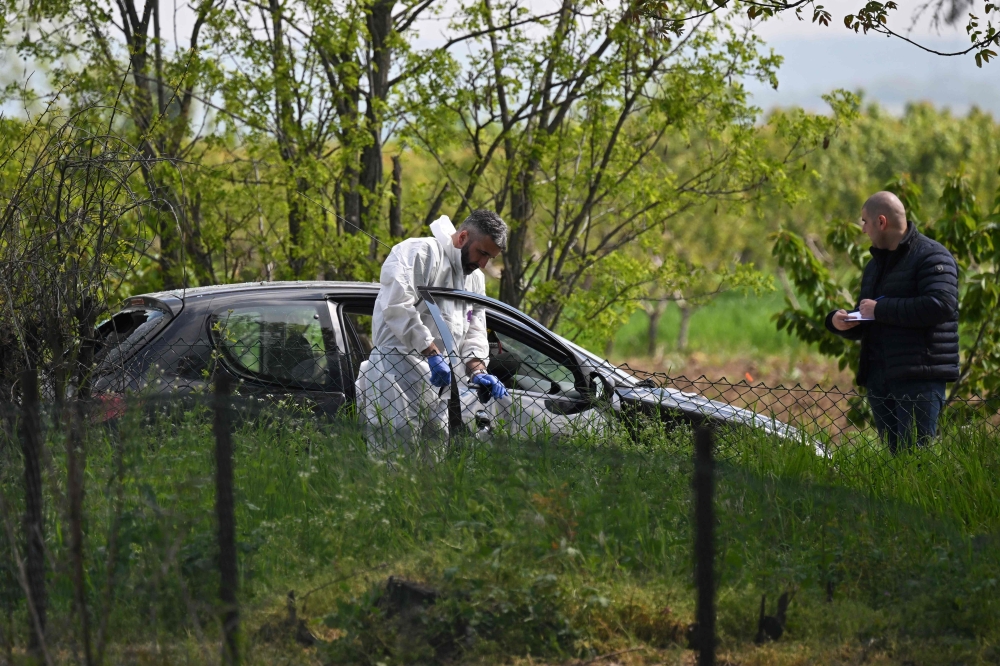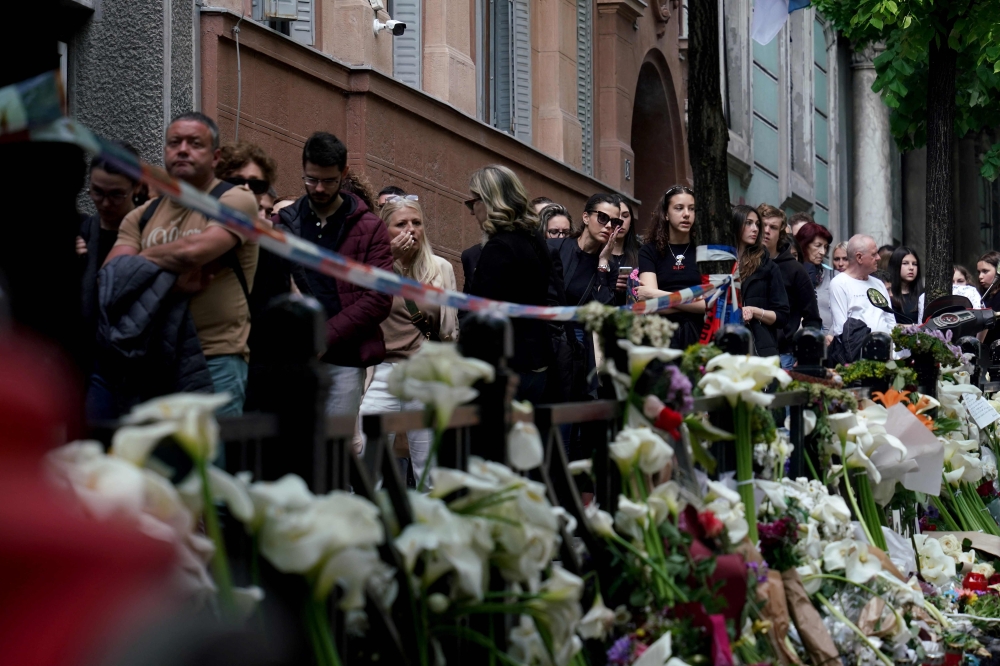BELGRADE, Serbia, May 6 — The arrival of spring is usually a festive, carefree affair in Serbia’s capital Belgrade.
But today, the onset of the warm season was met with confusion, fear and shock as people wrestled with back-to-back shootings this week that left the country stunned.
People were mulling many questions that ultimately boiled down to a single word — Why?
On Wednesday, the first shooting saw a 13-year-old gun down eight fellow classmates and a beloved security guard at an elementary school in an upscale neighbourhood in downtown Belgrade.
Less than 48 later, it was followed by another shooting spree when a 21-year-old armed with an automatic rifle murdered eight people and injured 14 others in a melee some 60 kilometres south of the capital.
As the weekend began, the trauma wrought by the violence was still palpable.
People continued to queue outside the Vladislav Ribnikar elementary school, where they held calla lilies and waited to sign a condolence book near the school’s entrance, which remains sealed off by police.
The pavement has been transformed into a makeshift shrine with mounds of flowers, toys and letters surrounded by pools of melted candle wax.
“I came here with my son, who wanted to pay his last respects to his friends. I think the reality has started to catch up to them,” Zoran Radojicic, a 51-year-old pharmacist, told AFP.
The usually bustling neighbourhood was eerily silent, except for the occasional sound of muffled sobs and shuffling feet.
“We are all to blame for what happened... parents, the government and the education system. It’s our fault that we did not address the issues,” said Todor Dragicevic, a 28-year-old doctor.

Gun Culture
Serbia has the highest level of civilian gun ownership in Europe, with roughly 39 out of 100 people owning firearms, according to the latest study by the Small Arms Survey research group.
Weapons feature heavily in the Balkan country’s culture, where centuries of occupation, rebellion and war have instilled a martial spirit in the fabric of the nation.
Yet despite the high levels of gun ownership, mass shootings have been rare in Serbia, with school shootings in particular almost non-existent in the country’s recent history.
President Aleksandar Vucic promised immediate action on Friday, vowing just hours after the second shooting to “disarm” Serbia and crack down on gun ownership.
“We know there will be big problems with this, but less barrels means less danger for our children and our citizens,” Vucic said during a live address to the country.
But even as the president promised to act, some wondered what other underlying issues may have led to the week’s shocking outburst of violence.
“There is much more aggression in society than ever before,” Tamara Dzamonja Ignjatovic, president of the Serbian Psychological Society, told AFP.

‘Soften the Blow’
Pro-government media outlets regularly glorify criminal lifestyles, with convicted gangsters starring in hugely popular TV programmes that are infamous for showcasing gratuitous displays of violence.
During a live interview in 2021, Vucic showed the audience a series of grisly images featuring dismembered bodies, saying it was important for citizens to “see what kind of monsters we’re dealing with”.
The president himself routinely takes to the airways to upbraid his opponents — whether they be rival politicians, other countries or Western powers — with aggressive language and threats.
“Unfortunately, the scandalous manner of behaviour aimed at one human from another is being promoted — from reality shows to the parliament,” Ignjatovic said.
But even if violence has become the norm on the nation’s airways, the tragedy proved that a gentler character still remains in Serbia.
In the wake of the shootings, people lined up to donate blood while others flocked to memorial services and took to social media to mourn the dead.
“A lot of people have shown solidarity, empathy and readiness to volunteer, which is the most important thing now... to mitigate the consequences of what happened,” Ignjatovic said.
“We can’t turn back time... but we can use all our powers to soften the blow.” — AFP






















